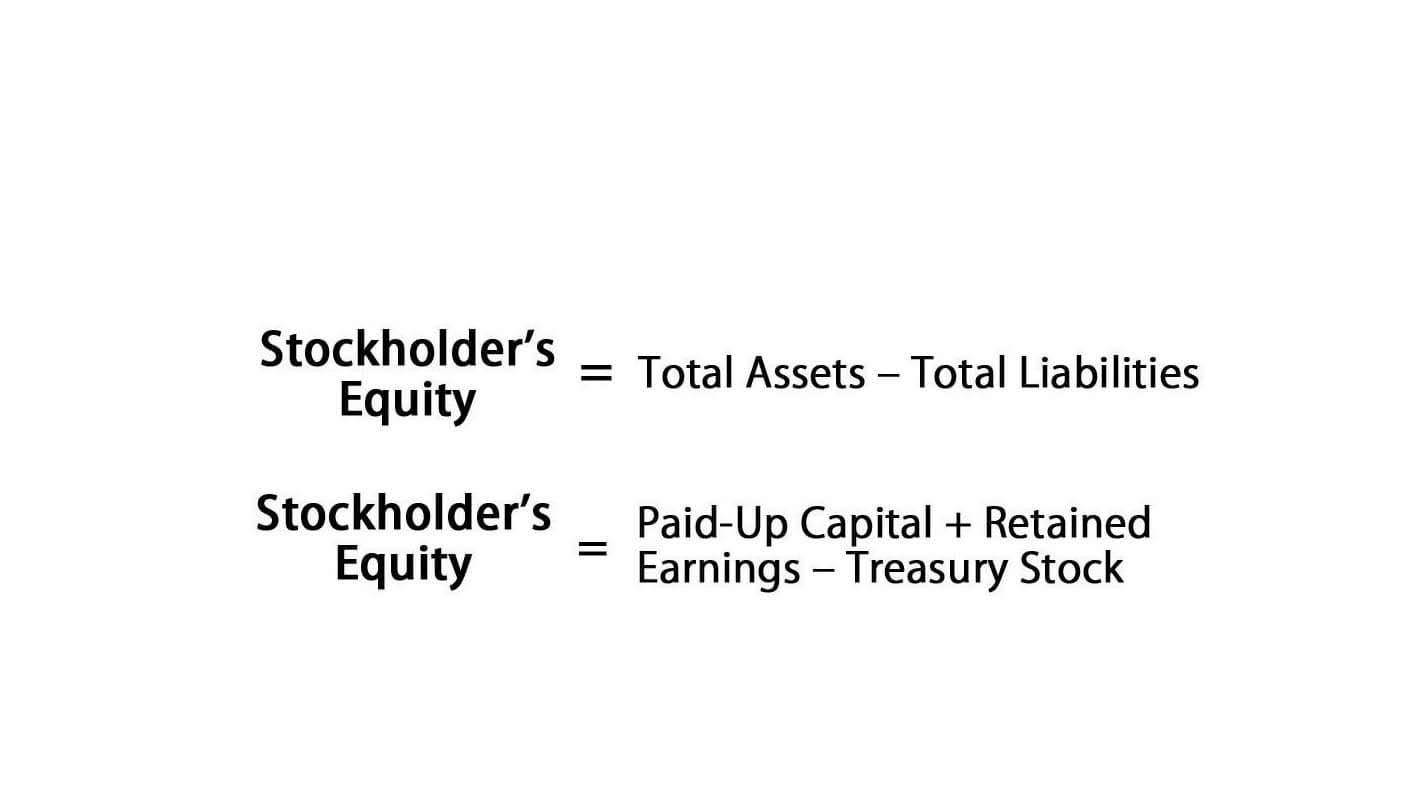
Whenever warrants are activated, stocks outstanding increase while the number of treasury stocks decreases. If all these warrants are activated, XYZ will have to how to calculate shares outstanding from balance sheet sell 100 shares from its treasury to the warrant holders. Floating stock is a narrower way of analyzing a company’s stock by shares.
- Outstanding shares refer to the entire number of issued and owned shares of a company’s stock by investors, including institutional investors, insiders, and retail investors.
- As an example, let’s say that a fictional business, the Helpful Fool Company, has authorized 5,000 shares.
- The primary distinction between issued and outstanding shares is that issued shares comprise both outstanding and treasury shares, whereas outstanding shares solely include shareholder-owned shares.
- But before we show an example of an entry of common stock in a balance sheet which is usually done in a shareholders equity, let’s define what is shareholders equity.
- Insiders hold restricted shares not available for public trading, and openly traded shares make up outstanding shares.
How Does It Affect Investors?
Issuing new shares of stock will increase the number of outstanding shares. Use the formula “Earnings per share equals net income divided by shares outstanding” to calculate the shares outstanding. Divide the net income by the earnings per share to determine the number of shares outstanding. Let us understand where investors and analysts can find the data regarding the total outstanding shares of a company through the points below. If a company considers its stock to be undervalued, it has the option to institute a repurchase program. The outstanding shares figure is useful to know for an investor that is contemplating buying shares in a company.
MANAGING YOUR MONEY
If you want to understand how to make money trading stocks, it’s critical to understand the different kinds of shares that companies make available. Calculating the number of outstanding shares a company has can help you to understand what proportion of a company’s https://www.bookstime.com/ stock is held by its shareholders. This, in turn, tells you which investors hold the largest numbers of shares, and therefore have the most influence at shareholder meetings. This number is also used to calculate several key financial metrics, so it’s important to understand how to calculate outstanding shares.

How comfortable are you with investing?
Once you’ve located the number of treasury stocks, write it down for your calculations. Common stock in a balance sheet of a company is recorded in the “stockholders’ equity“. This is where investors can calculate the book value, or net worth, of their shares, which is equal to the assets minus the liabilities of the company. Therefore it is essential that financial managers get this recording process right.

- That may give investors confidence that cash will flow again once the company gets production back in shape.
- On the other hand, stock issuance occurs when a company issues more shares to the market, which increases the number of outstanding shares.
- Also, common stock outstanding has direct implications on your ownership level.
- This line will indicate the number of authorized and issued preferred shares, along with the par and paid-in capital amounts.
- Conversely, outstanding stocks will decrease if a firm completes a share buyback or a reverse stock split (consolidating a corporation’s shares according to a predetermined ratio).
In other words, a company has issued shares and then bought some of the shares back, leaving a reduced number of shares that is currently outstanding. Many companies buy back shares as part of their capital allocation strategy. When a company buys back its own shares, that stock is accounted for as “treasury stock” on its balance sheet. Treasury stock is no longer outstanding — the company itself now owns it, not an investor or employee, but it has still been issued. Think of authorized stock as the absolute maximum number of shares that can be available on the market for trading. And you can find the value within a company’s balance sheet’s capital accounts section.
Here’s what you need to know about the different share counts that publicly traded companies use, as well as how you can calculate the number of outstanding common shares. Stock repurchases (stock buybacks) occur when a company purchases its shares from the market. This lowers the number of outstanding shares as the company purchases a portion of its stock. The remaining shares increase in value because the same earnings are now distributed among fewer shares when a company repurchases its shares from the market.
- The number of shares outstanding increases when a company issues additional shares or when employees exercise stock options.
- However, some shareholders own a considerable portion of the outstanding shares and hence have more control over the company’s decisions and outcomes.
- The stock is heading for its worst annual performance since the 2008 financial crisis, and Boeing said last week that it plans to cut 10% of its workforce, equivalent to about 17,000 people.
- If shares have been issued halfway through the financial year, then only a 6 months impact is included in the weighted average share count.
- Investors can find the total number of outstanding shares a company has on its balance sheet.
- Often, a company does this to meet listing requirements, which often require a minimum share price.
In this case, the company has 800 outstanding shares and 200 treasury shares. The number of shares outstanding in the balance sheet is as of the balance sheet date (December 31, 2018, in the example above). At this date, the company had 2.4 billion shares authorized and issued around 1.19 https://www.instagram.com/bookstime_inc billion shares. The number of basic shares outstanding is calculated as the number of shares issued (1,192,093,991) less treasury stock (428,676,471). The balance sheet is a financial statement issued by the company that provides a full accounting of the company’s assets, liabilities, and shareholder’s equity at a particular moment in time. In other words, the balance sheet is a snapshot of what a company owns, what it owes, and the total amount that has been invested by shareholders.


Let us understand the different types of outstanding shares equation through the explanation below. You can find shares outstanding at the top of a company’s 10-Q or 10-K filing. Evaluating the trend of this number provides useful insights to investors. It also lets you know what portion of ownership your shares represent. Importantly, the number of shares outstanding is dynamic and fluctuates over time. When you buy stock in a company, you are buying an ownership stake, which is issued as a share of stock.







